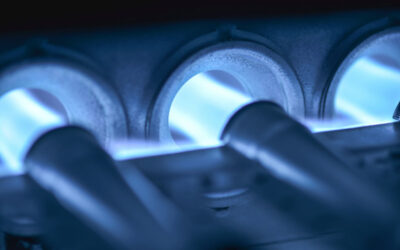Poor indoor air quality can be invisible but can affect your comfort and health. Contaminants and air pollutants can circulate inside your house, causing allergies and respiratory complications. Here are five signs that your Dandridge, TN, home has poor indoor air quality (IAQ) and solutions to improve it.
Cold Symptoms That Don’t Go Away
Firstly, a telltale sign of poor indoor air quality is persistent cold or flu symptoms. You may experience dizziness, coughing, sneezing, nausea or eye irritation for two weeks. If the discomfort worsens when you get home, poor IAQ is likely the reason.
Inability to Sleep
High levels of indoor air pollution can prevent you from getting quality sleep. The humidity level and home temperatures can also make sleeping difficult. It helps to hire an expert for indoor air testing and get recommendations on how to improve IAQ.
Dust Buildup
Accumulation of dust around the vents and in your air filters indicates an increase in indoor air pollutants. Your house eliminates indoor air contaminants like dust and pollen through its vents and air filters. You can address this by changing air filters monthly and doing regular cleaning.
Unexplained Skin Rashes
Many indoor air pollutants can cause skin redness and rashes. If you can’t find the cause of your dry skin or skin irritation, check your air quality. Regularly changing air filters and increasing ventilation can help to improve IAQ and eliminate skin irritation.
Unpleasant Odors
Finally, stagnant air originating from pollen, pet dander or dust inside your home causes unpleasant odors. Improving ventilation helps to ensure proper air circulation and eliminates unpleasant smells.
Talk with our experts if you notice any of these poor indoor air quality signs. If you’re struggling with IAQ problems, we can help. Call LB Chase Mechanical to schedule AC installation, repairs or other solutions to improve IAQ.
Image provided by iStock




